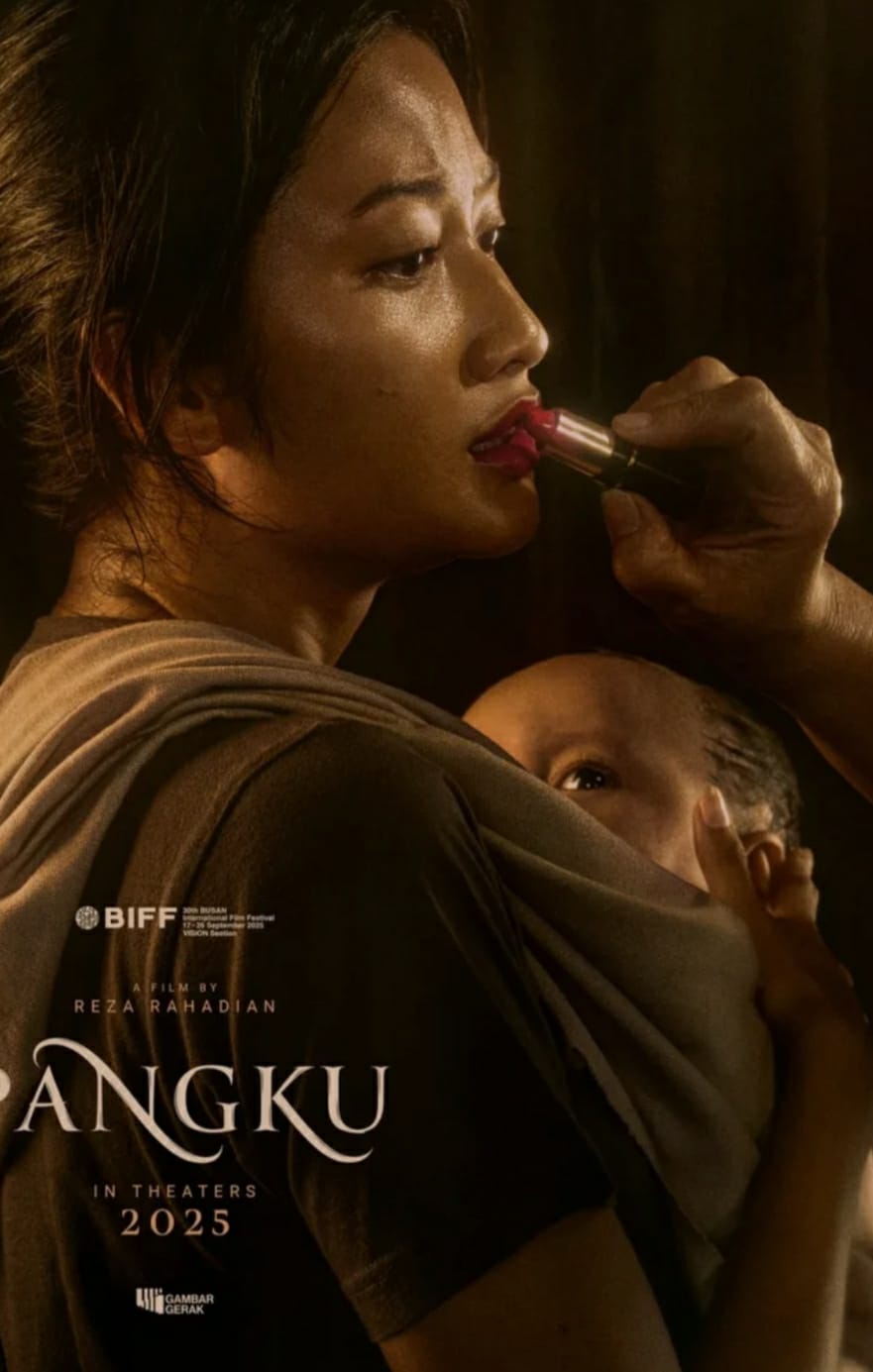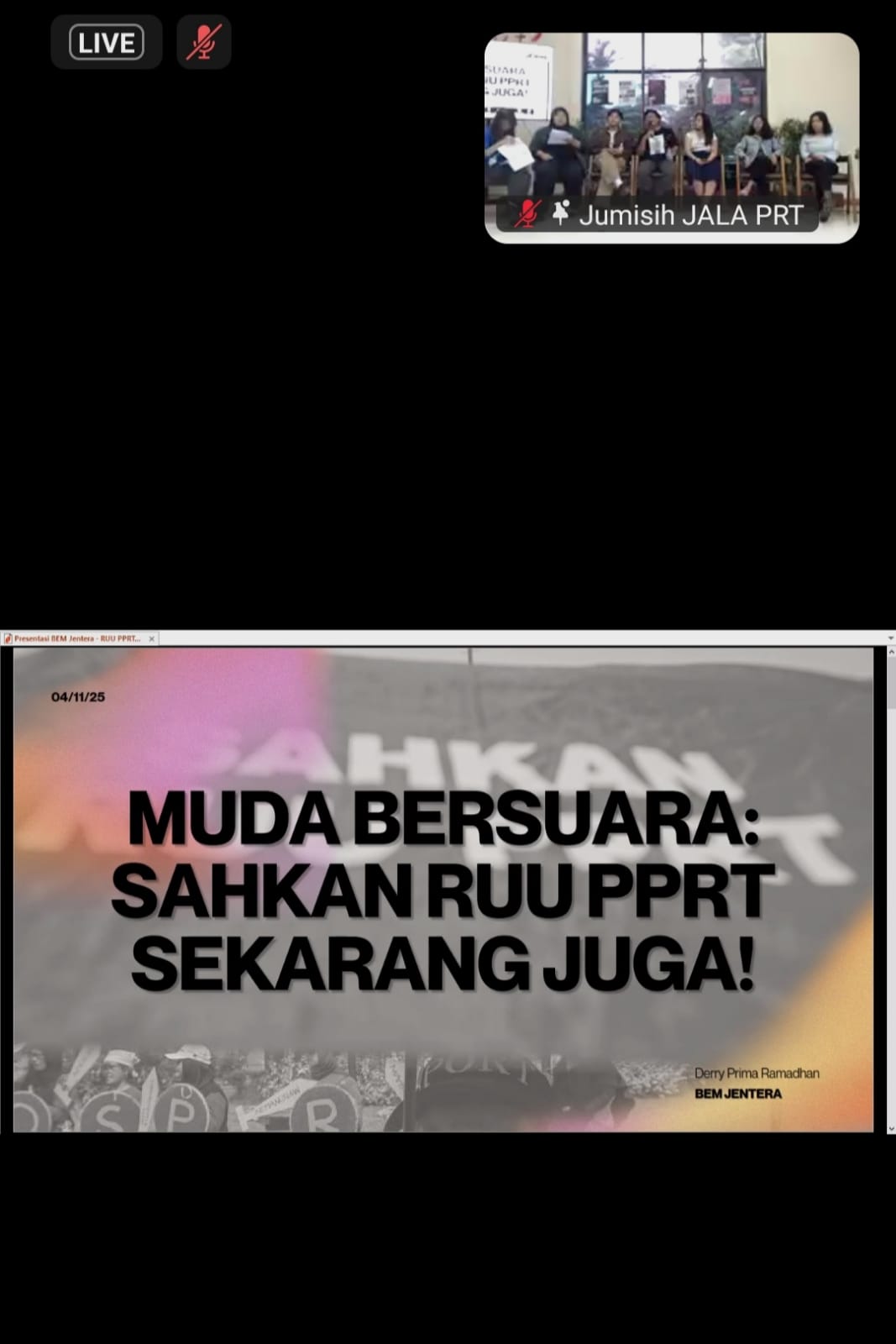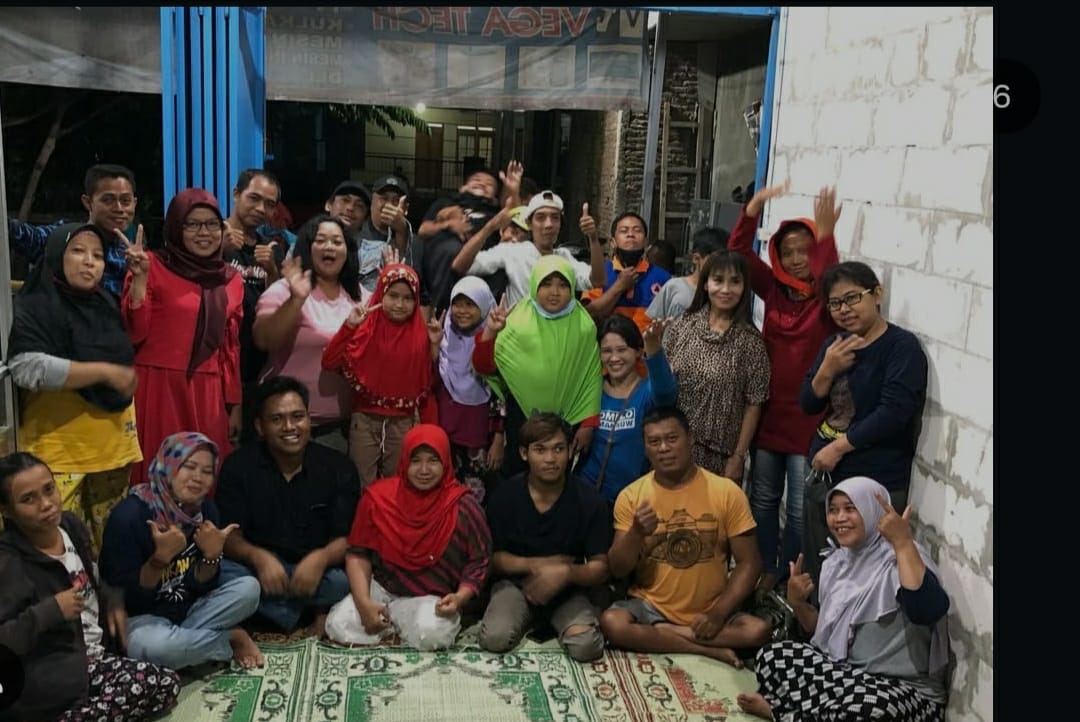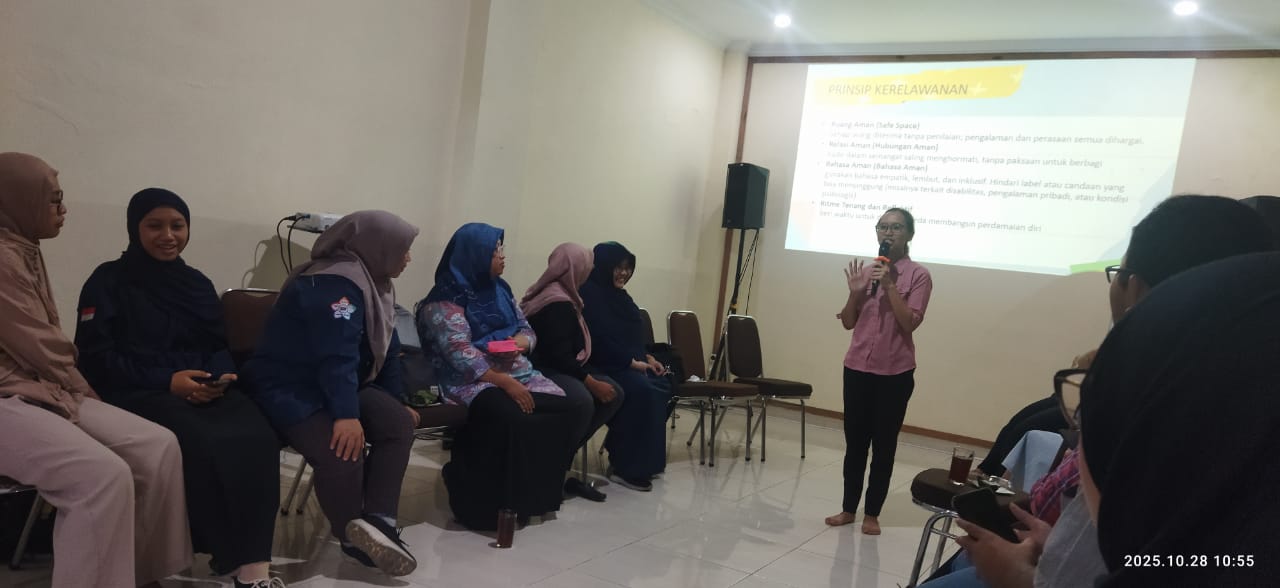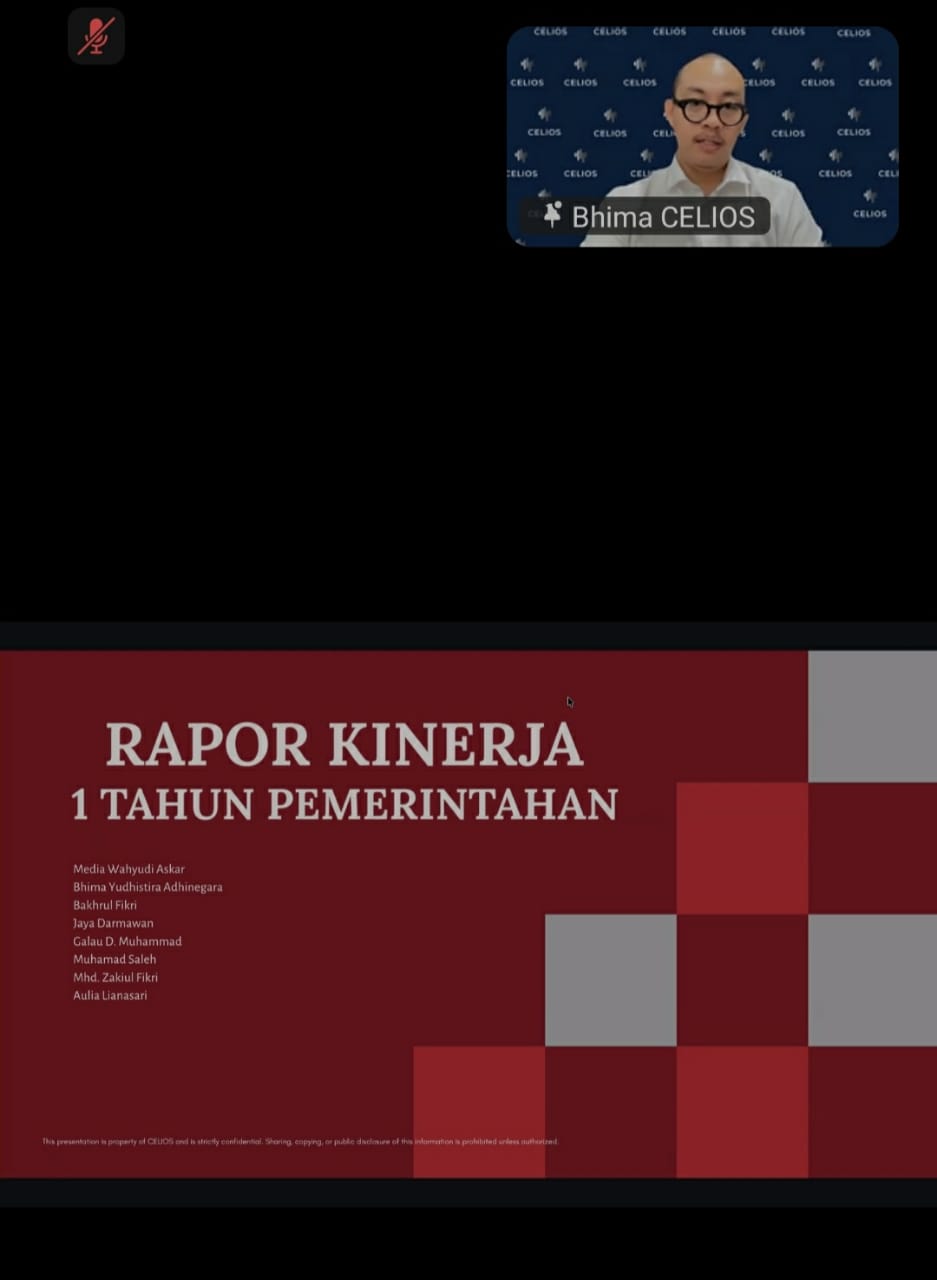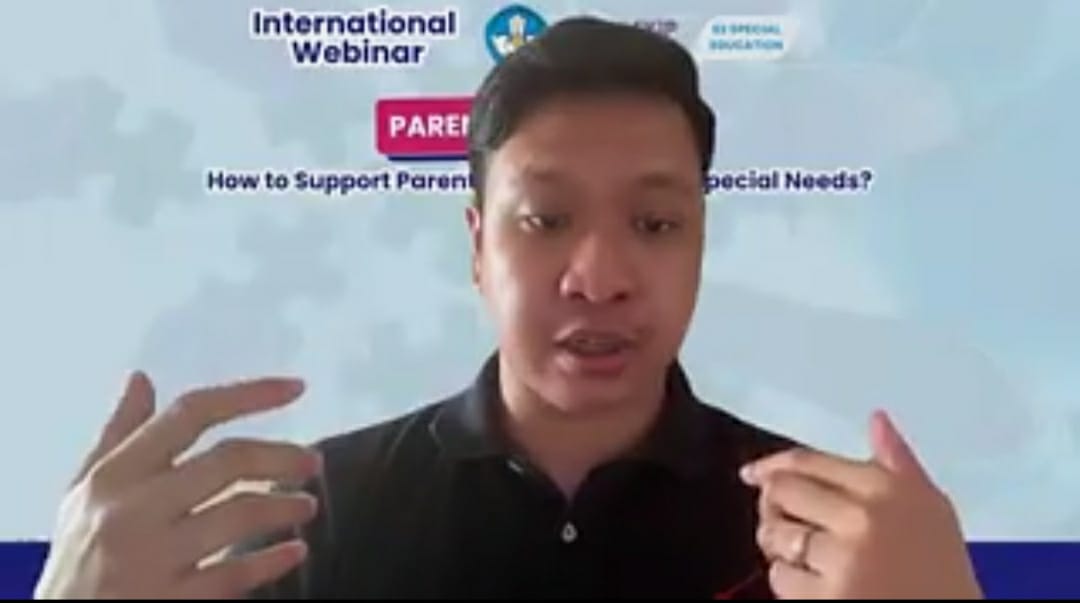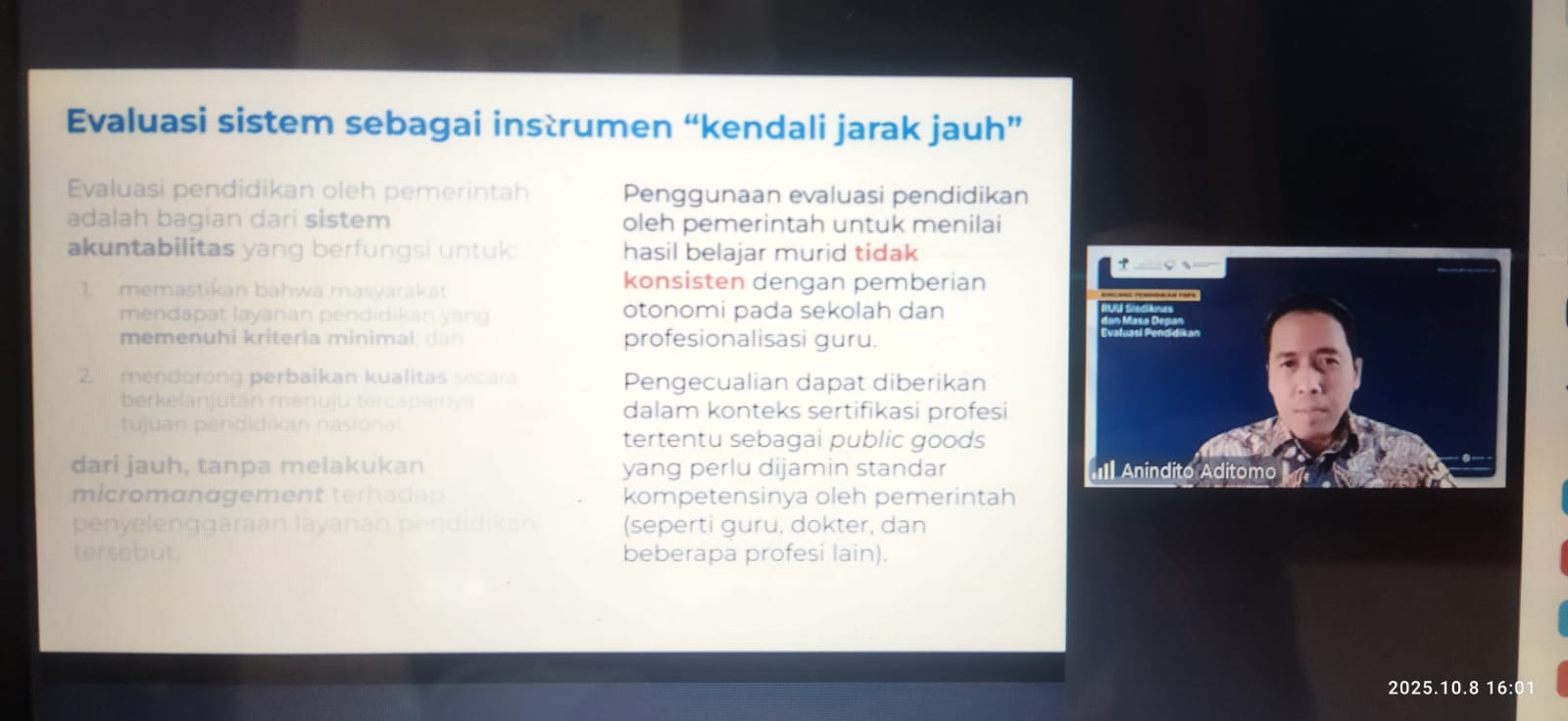A lectirer and writer “Resolusi Konflik Jembatan Perdamaian" or “Conflict Resolution A Bridge towards Peace,” Ichsan Malik was one of the speakers about his book "The Long Path to Reconciliation – 1965 Tragedy" on Monday (13/10). The first question he posed was “why were there so many victims – 500,000 people – for such a short period of time.” He then referred to a similar case in Rwanda.
So how could reconciliation proceed? Ichsan quoted Van Der Merwe 1999 regarding the meaning and the essence of reconciliation, which was to restore Humanity, reorganising moral order, changes in attitudes, reorganising and building new interaction pattern.
Sthe challenges to reconciliation included: fake reconciliation, not starting with truth telling. This happened in North Ireland. Second was the emergence of impunity. Freeing the perpetrator(s) from justice, when all data were opened. Third was the race to claim victimhood, which led to mistrust and scapegoats. Fourth was political memory.
"History was written by the victor. History was supposed to be a collective memory. There was distortion in our historical memory and there was collective historical distortion," said Ichsan. He added that there was collective memory distortion, historical misdirection through films, books and sites leaving only one interpretation (black and white) as in "this is wrong, this is right." He said that this kind of thinking was part of misdirection.
Ichsan re-stated that there were 500,000 victims in the space of four months during the 1965 tragedy. The conflict was like a forest fire, there had to be a trigger, there had to be accelerator, there had to be dry grass, there had to be string wind and medium/roots of conflict (Ichsan Malik, 2017)
There were 5 key elements to explain why 500,000 people. The escalation element – how conflict intensified and victim number increased. This explained why in 13-15 May 1998 tragedy, there were 1,800 victims within the space of three days. Ichsan said that there was widening conflicts to many areas and nothing was done to stop it, such as happened in Bekasi.
|
Why did they do nothing when there was escalation? The media element was a trigger factor, accelerator and structural. Then provocateur(s) by functional actors towards vulnerable people.
Analisis Dinamika Kekerasan Massal 1965, pertama adanya pembiaran eskalasi menyebabkan terjadinya perluasan kekerasan secara masif dan tidak terkendali yakni : 1. Ledakan kekerasan. Kedua soliditas kelompok provokator (angkatan Darat dan PKI) berkembang biaknya kelompok kelompok rentan, kegagalan kelompok pemerintahan memotong komunikasi kelompok provokator kepada kelompok kelompok rentan.Kemudian terjadi aliansi dan lahirnya kebijakan pemerintah yang pro-konflik, bukan pro-perdamaian.
The seeds of reconciliation were written in a book "Tutup Buku Sejarah Kelam Bangsa" (Close the Dark History Chapter of This Nation) by Nani Nuraan Sutomo, book "Sumeleh Sebagai Wujud Pemaafan Masa Lalu, Membangun Sejarah Bersama, Nyanyian Pengungkap Kebenaran” (Surrender as a Form of Forgiveness for the Past, Building a Collected History, Song to Reveal Truth) by Uchikowati, Celah Celah Kemanusiaan (Gaps in Humanity), Menatap Masa Depan (Looking into the Future), and Dendam Tak Boleh Diwariskan (Revenge/Grudges should not be Inherited).
Ichsan saw opportunities – an apology, reparation, Truth and Reconciliation Commission, Mass Media, Peace Meeting Publication, Non-Government Organisations (NGOs), Joint Projects, Tourism, Cultural Exchange, Local Wisdom "Baku Bae".
The next speaker, Nani Nurrachman focused on reconciliation by presenting the Personal Social Cultural-National: Finding the Missing Link (60-year reflection of the 1965 Tragedy)
She understood the complexity of 196 tragedy by writing that: 1. Narratives from a number of viewpoints: the global political context and foreign intervention, what happened, the brutality and the impacts on victims, those accused of being directly involved in the 1965 Tragedy, focusing on mass murder by emphasising human rights and impunity of perpetrators, and reconciliation efforts.
Many literatures were too obsessed with "conspiracy theory" and based on "the key players". The presence of strong ideological conflict made it difficult to reach a consensus in interpreting the 1965 tragedy. While it was important, the 1965 history tended to look at the perspective of human rights and impunity of perpetrators. Moreover, there was a lack of understanding about the context within which the incident happened. "Proves" and a number of interpretations often were conflicting and therefore difficult to prove. Simplifying the narrative in writing the history of 1965.
Nani added three approaches to understand the history of 1965: 1. Situation and condition prior to and just before 1 October, 2. Event of 1 October/”Lubang Buaya” or the Crocodile Pit, and 3. Events after “Lubang Buaya” or the Crocodile Pit.
Nani had expectation for the future of writing the history of 1965: 1. Get rid of the view that there was only one “key player”, 2. The history of 1965 to be written in full by using credible resources, 3. The history of 1965 not to be simplified and not complete because it would be easy to manipulate, and 4. The history of 1965 should be written based on Truth, for justice and reconciliation.
Nani remembered how she accompanied her mother practice volunteerism and there was indoctrination, whenever they received rice, the servant sold it in the market and there was 600% inflation. Then the word revolution was popular. People tended to see things that opposing sides fought for.
Nani also said that the event of 1965 was a costly incident, and she quoted "Truth Telling on Honesty is seen as basic moral principal, rule, or value."
She divided the approaches to seeing morality of goodness and truth- first from the “Social Theory Learning” approach and concept, and second from the cognitive approach and concept (Kohlberg) ----The moral principle was justice and not rules about how to behave or act but reasons to act. Morality was seen as the basis for actions so it was not the attitudes being assessed. The basic motivation of morality was to be accepted, to be able, and to receive.
The third approach was to connect the two moral bases required in order to achieve a just society (Ethic of Justice, Traditional Ethical View in Moral Philosophy) and good society (Ethic of Care introduced by Giligan and Noddings) this connecting was critically based on: How could we be just if we did not care? (Supelli, 2013).
Reconciliation was a resurrection – to live again out of misery of injustices – the will to live together in a new relationship pattern. Supelli interpreted this relation not as inter-personal, (social-cultural) but as social, political and cutural.
As a resource person, Uchikowati suggested why anyone could read the book? Because the book focused on the long path towards reconciliation of 1965 tragedy in an easy-to-understand language. She talked from the view of victims/survivors of the 1965 Tragedy. The next reason was that the book focused on the voices of the victims, the experience of violence, and the situation they were in now.
She also added that the book had a victim perspective, with all the diversity in a reality where there were less and less victims alive due to age. They were heterogeneous in terms of area, age, education, organization, and socio-economic condition. Many lived in poverty, discrimination, and stigma. The violence they experienced was not God-given, but the result of multi-layered conflict - direct violence, structural violence, cultural violence, and ecological violence.
Why violence continued to happen even to date despite the reduction in number of violence? Uchikowati believed often it had to do with a chain of oppressive violence.
There were three reactions by the community: aggresive/emotional – participating in violence, silent/passive – not showing any view or opinion, rational/proactive- finding peaceful solution, dominant reaction: silent and aggressive, worsening the social violence.
Uchikowati added that victims acted through legal and cultural measures, with evidence: 1. In 2004: the Constitutional Court omitted discriminatory article(s) in the Election Law, 2. In 2005: class action against the President and former President, 3. In 2006: Publication of book Kami Bicara (We Talk), art exhibition, and poetry reading, 4. In 2011: Suara Dialita Choir to recover from trauma and peace, 5. "Reconciliation only possible if perpetrators and victims stood on equal footing in public space, "-Hasan Raid.
The last speaker, Atnike said of the 1965 Tragedy that contextually, the explosion in violence then was externally driven – world war and international situation: the Indonesian Government became broken.
What did the 1965 victims experience? Atnike suggested that people were labeled leftist/communist, or those following Soekarno were the ones experiencing physical violence and also social physical violence. Cultural violence was also evident in people’s attitudes towards those suspected of being involved with the Indonesian Communist Party being labeled leftist or communists and not religious.
So when people met former political prisoners and people who were never involved, there was a cultural violence by labeling them without due legal process and that happened to those which people hated indiscriminately in a social context or political context or even within family context.
"Such violence happened to people who were involved or became victims of the 1965 Tragedy. Structral violence made the cultural and physical violence bloom which was what happened in the 1965 tragedy and is still happening now, we could not really say that nothing could change," said Atnike. As Uchikowati said that there had been change with regards to participation in election or labeling ex-political prisoner in ID card along with structural changes – i.e. major changes for example by not keeping people in jail or asking them to report regularly.
In response to Uchikowati, that children her child(ren) never thought of becoming civil servants or police/military officers. Atnike said that this was a form of cultural violence that was being reproduced. Reproduction of cultural violence happened amongst victims. So the book Ichsan Malik wrote remained relevant to date. Despite it had a sense of negative peace: no more violence, no more people being detained. Children of eople on the left could work anywhere,go to the highest education, yet in society and in this country, there was still a sense of "the unspeakable" which prevented people from participating in social and political spaces.
So what was the importance of reconciliation in the context of the 1965 Tragedy? Atnike said that the book only talked about reconciliation, not about justice and the trial, because the 1965 Tragedy was too big to be solved with one major technical method known as the court, which required multi-dimensional response. In the end, ending the 1965 Tragedy or serious human rights violation or serious conflict in Indonesia necessitated recovering relations between citizens. It was not merely about looking for accountability. To answer the question about genocide, Atnike said that she understood the development in discourse in order to define the 1965 Tragedy in terms of what happened to people who practiced communism or being accused of being communists, genocide emerged but the investigation by the National Human Rights Commission showed that the crime happened in 1965 was crime against humanity or it was an attack against a group of civilians with specific justification and it was not genocide – which was to do with National Identity, race, and ethnicity. The victims of 1965 tragedy who were arrested and stigmatised were arrested for their political affiliation or political views, and it was not considered genocide. "For me personally, and it was not the National Human Rights Commission, because the latter did not conclude that it was genocide. It was clear what the analysis of the National Human Rights Commission concluded. (Ast)






